Unsa jud diay na ka dako ang clam?
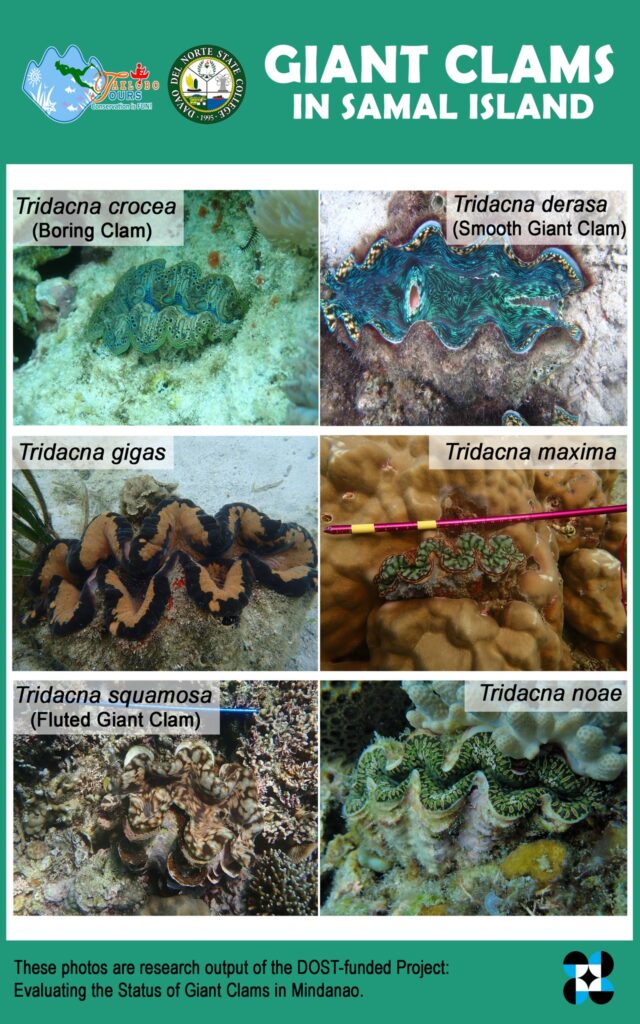
Giant Clam Sanctuary or Taklobo Tours are one of the most fascinating eco-tourism experiences in Davao Region. Located in Barangay Adecor, Kaputian District, this 14-hectare marine sanctuary is home to over 3,700 giant clams, including the endangered Tridacna gigas, the world’s largest bivalve mollusk.
Nganong dako?
They keep six different kinds of clams with T. T. and squamosa. Maxima are the most prevalent. When snorkeling, certain clams may reach ludicrous heights of one meter. The vivid colors of these clams, which resemble aquatic flowers, include blue, violet, yellow, green, and brown. Davao del Norte State College, the Adecor United Fisherfolks Organization, and the local government have partnered to safeguard these clams, which were originally collected for food.
Do They Attack People?
Some claim that some giant clams attack people. But this conception has been disproved by National Geographic and even called it an unmerited reputation for such endangered species in the ocean.
Their Characteristics
Vibrant colors that range from electric blue and violet to golden yellow and emerald green all come from symbiotic algae called zooxanthellae which also help them photosynthesize and produce food. Despite myths, giant clams don’t “swallow” people. They close slowly and only in response to shadow or touch. They’re filter feeders and rely on sunlight and plankton—not swimmers—for sustenance. These clams help maintain reef health by filtering water, providing shelter for small fish, and contributing to reef-building through their calcium carbonate shells.
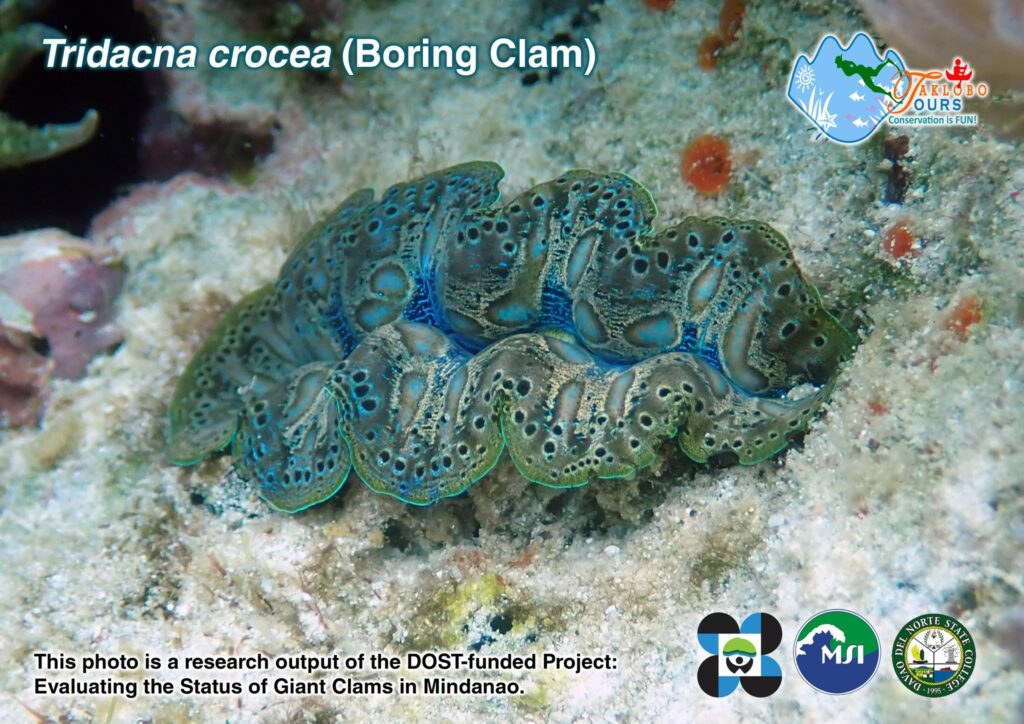
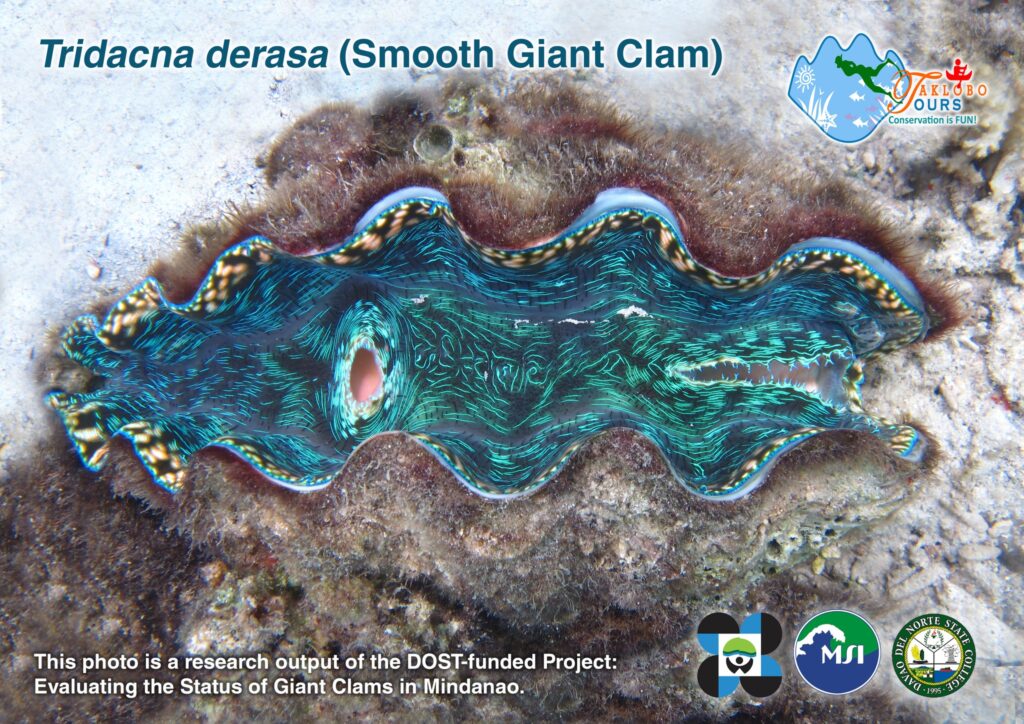
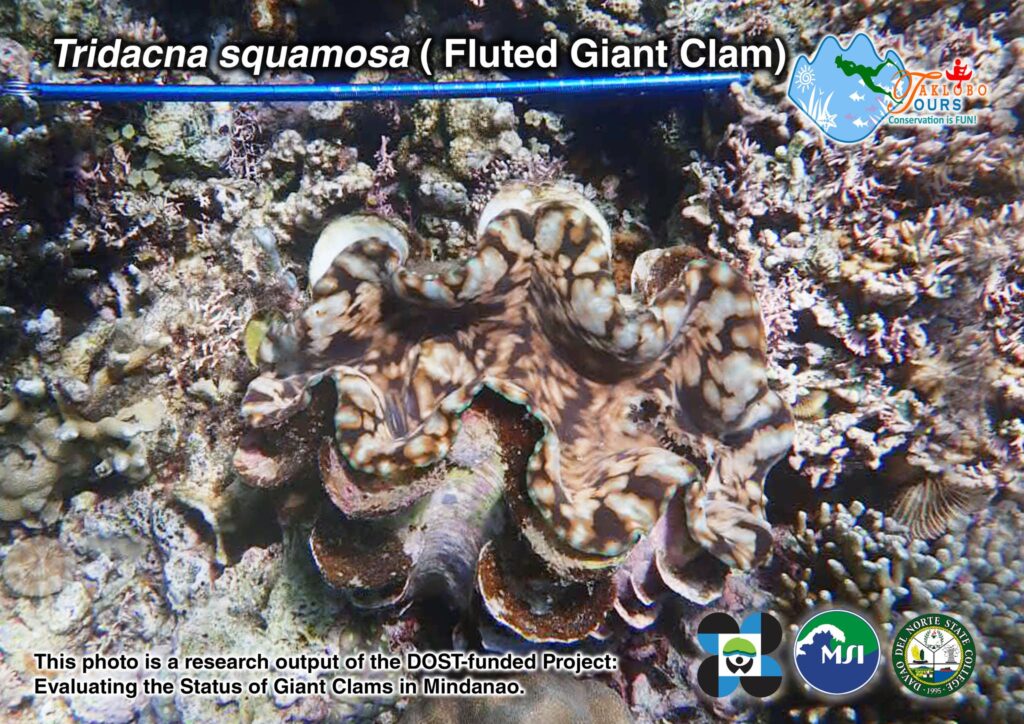
Conservation Efforts
The sanctuary is managed by Davao del Norte State College, in partnership with the Adecor United Fisherfolks Organization and the local government. It serves as a research hatchery, breeding and restocking clams to help repopulate nearby reefs. Through eco-tourism, it provides sustainable income for locals while educating visitors about marine biodiversity.
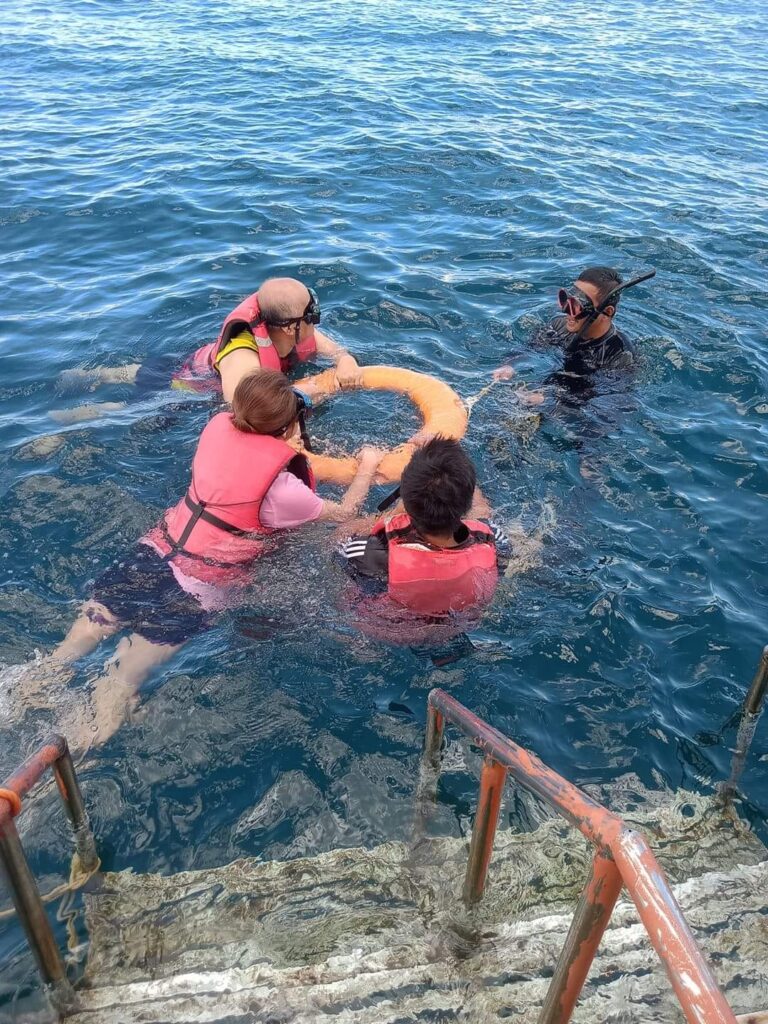
On the island, snorkeling trips are quite well-known. You can explore a shallow reef with clams organized in a mosaic pattern with a guide. Before going into the water, a training is necessary to warn everyone that the clams are extremely sensitive and should not be touched or stepped on. Additionally, guides provide information on the species, age, and function of clams in marine environments.
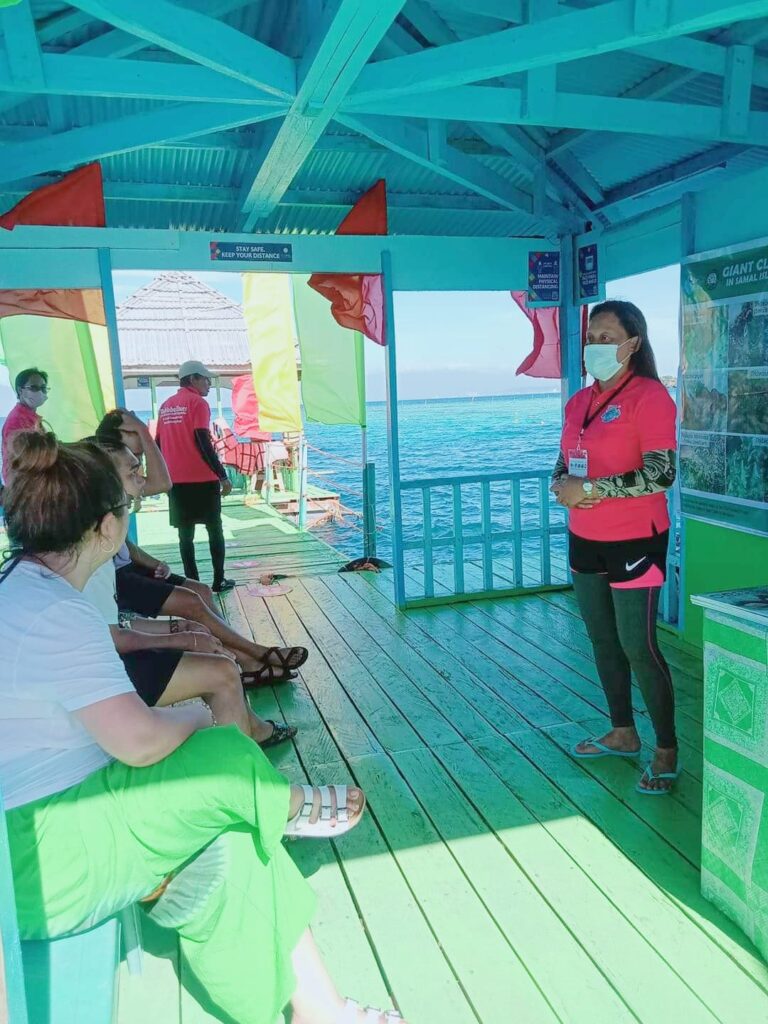
This sanctuary is a stunning illustration of how a once-depleted resource can be transformed into a flourishing eco-attraction via community-led conservation. This is an essential addition to any schedule for Samal.
How to Get There?
Exact Location: Samal Island
- By Commute: From Sasa Wharf or St. Ana Wharf, take a ferry or barge to Babak Port or Penaplata Port on Samal Island. The ride takes about 10–15 minutes and costs around ₱10 to ₱20 per person. From Babak or Penaplata, ride a habal-habal or tricycle to Barangay Adecor in the Kaputian District. At Adecor, you’ll find the Giant Clam Sanctuary. Entrance is around ₱200 per person. You can rent a boat for a guided snorkeling tour—rates are about ₱1,500 per boat (good for up to 10 people). Snorkeling gear (mask, snorkel, life vest) is available for rent if you don’t bring your own.


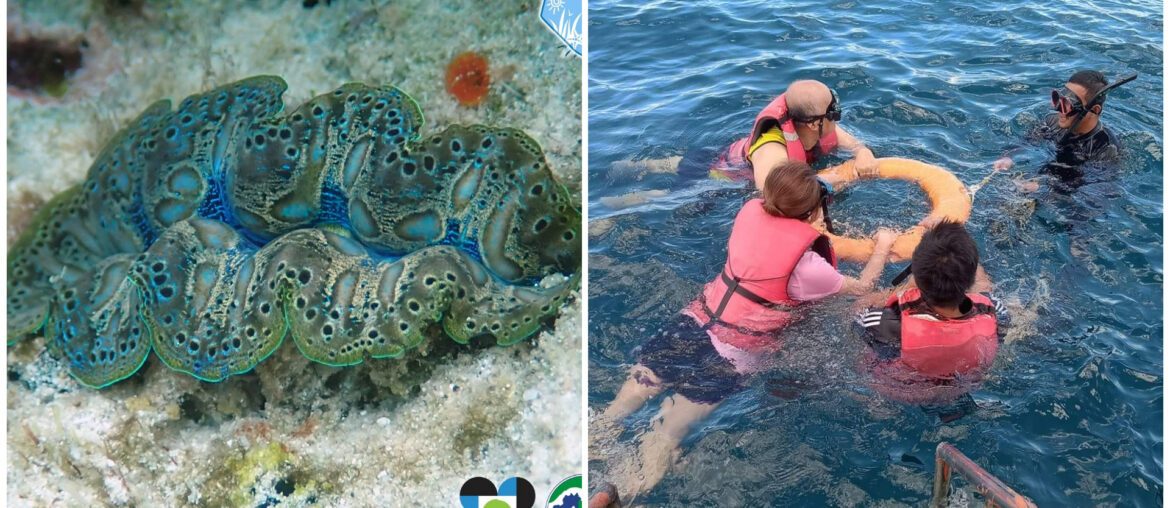
Comments are closed.